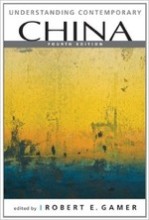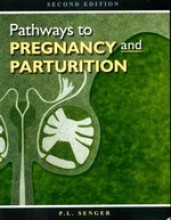China: A Geographic Preface - The Natural Landscape
15 important questions on China: A Geographic Preface - The Natural Landscape
In which three tiers can China be divided (regardings its physical geography)?
- The mountains
- The hilly area
- The floodplains and lowlands
Describe the mountain tier.
Describe the hilly area tier.
- Higher grades + faster learning
- Never study anything twice
- 100% sure, 100% understanding
Describe the tier of floodplains and lowlands.
Why is the Yellow River of great importance to China?
- Imperial China had its origins along its banks.
- It carries the fine fertile loess (yellow-brown soil) and irrigates the fields along its floodplain.
- (Negative; when the dikes break, the flood carries for miles).
What are the pros and cons of the Three Gorges Dam which was built by the Chinese government?
What are the pros and cons of the South to North Water Diversion Project?
How is it possible that the south of China is warm and wet while the north is cold and dry?
Describe the climate in the southeast of China.
Describe the climate north of the Yangtze.
Describe the climate in the interior of China.
How does the climate of the different parts of China influence the types of crops grown in these areas?
What are the sources of energy in China?
- Coal and oil (mostly used in urban areas)
- Hydroelectric power (in areas with great rivers)
- Solar energy and energy from burning plants (rural areas)
- Nuclear power (mostly along the eastern coast, but those under construction are paused after the nuclear disaster in Japan).
- Iron ore(mostly in the north/northeast).
What is the disadvantage of peasants using plants to generate energy?
What are the main reasons that the economy of the east surpassed the economy of the west?
The question on the page originate from the summary of the following study material:
- A unique study and practice tool
- Never study anything twice again
- Get the grades you hope for
- 100% sure, 100% understanding































